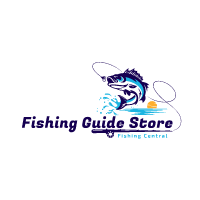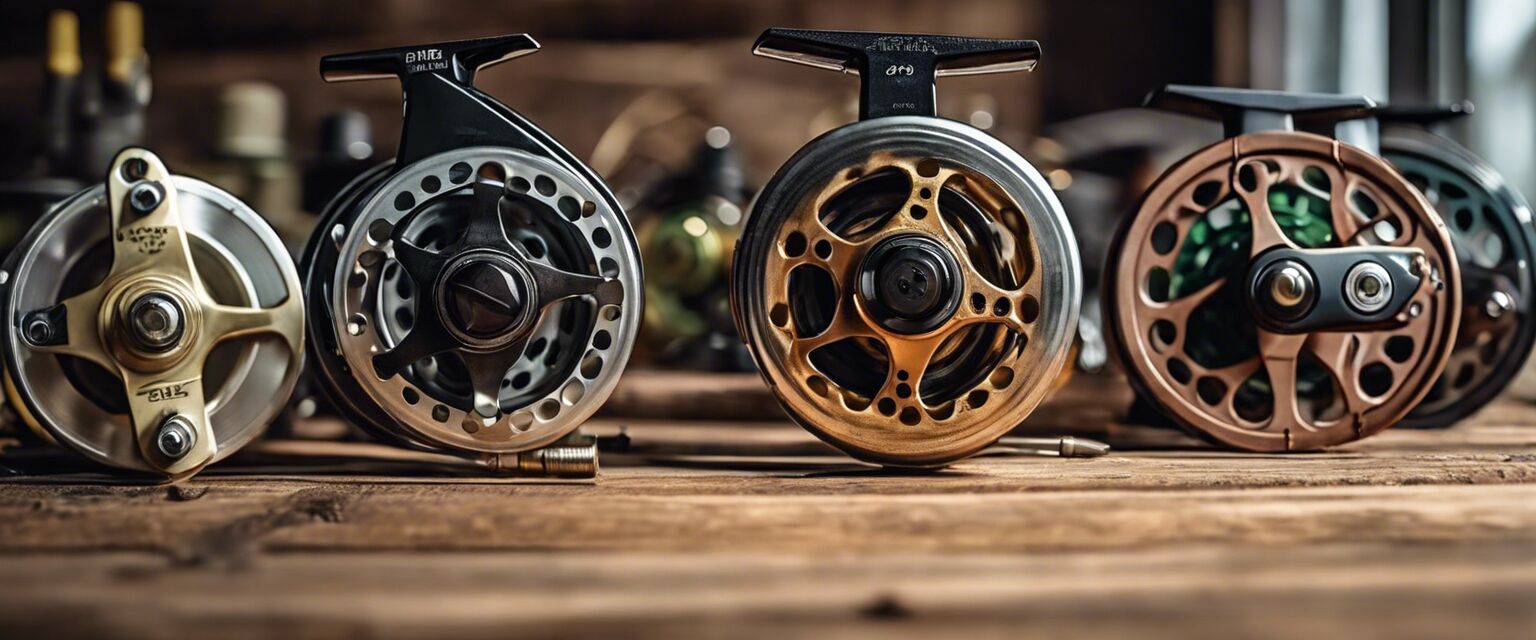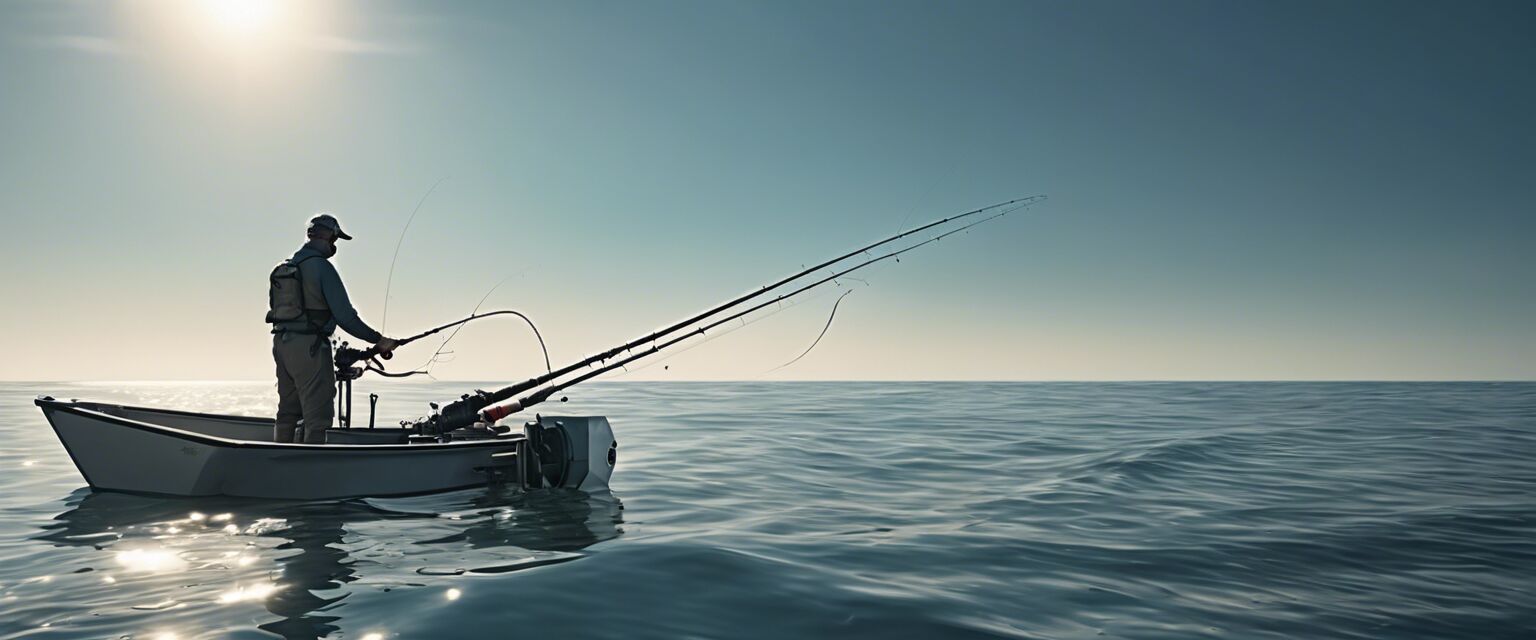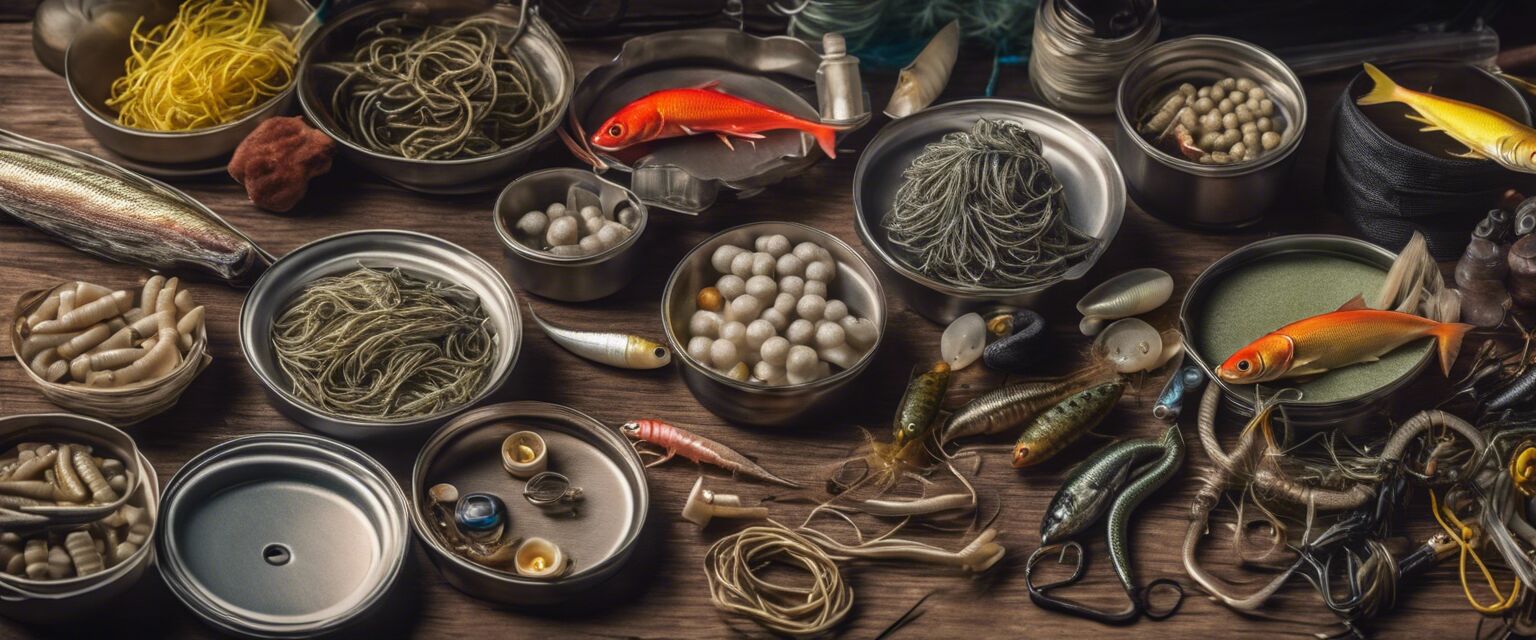
Fishing Bait
Key Takeaways
- Choosing the right bait is crucial for successful fishing.
- Different fish species are attracted to different types of bait.
- Understanding how to use bait effectively can increase catch rates.
- Top bait products vary in effectiveness depending on the fishing environment.
When it comes to fishing, one of the most critical factors for success is the bait you choose. Whether you're a novice or a seasoned angler, understanding the nuances of fishing bait can make all the difference in your fishing experience. This comprehensive guide will provide you with tips on choosing the right bait, how to use it, and a rundown of top bait products available in the market.
Types of Fishing Bait
Fishing bait generally falls into two categories: live bait and artificial bait. Each type has its own advantages and is suited for various fishing conditions.
| Type of Bait | Description | Best Used For |
|---|---|---|
| Live Bait | Natural organisms such as worms, minnows, and insects. | Freshwater and saltwater fishing, particularly for species like bass and trout. |
| Artificial Bait | Man-made lures designed to mimic the movement and appearance of fish prey. | Various species, often used in competitive fishing. |
Live Bait
Live bait is often favored for its natural appeal to fish. Here are some common types:
- Worms: Great for freshwater species.
- Minows: Attract larger predatory fish.
- Crickets: Effective for panfish.
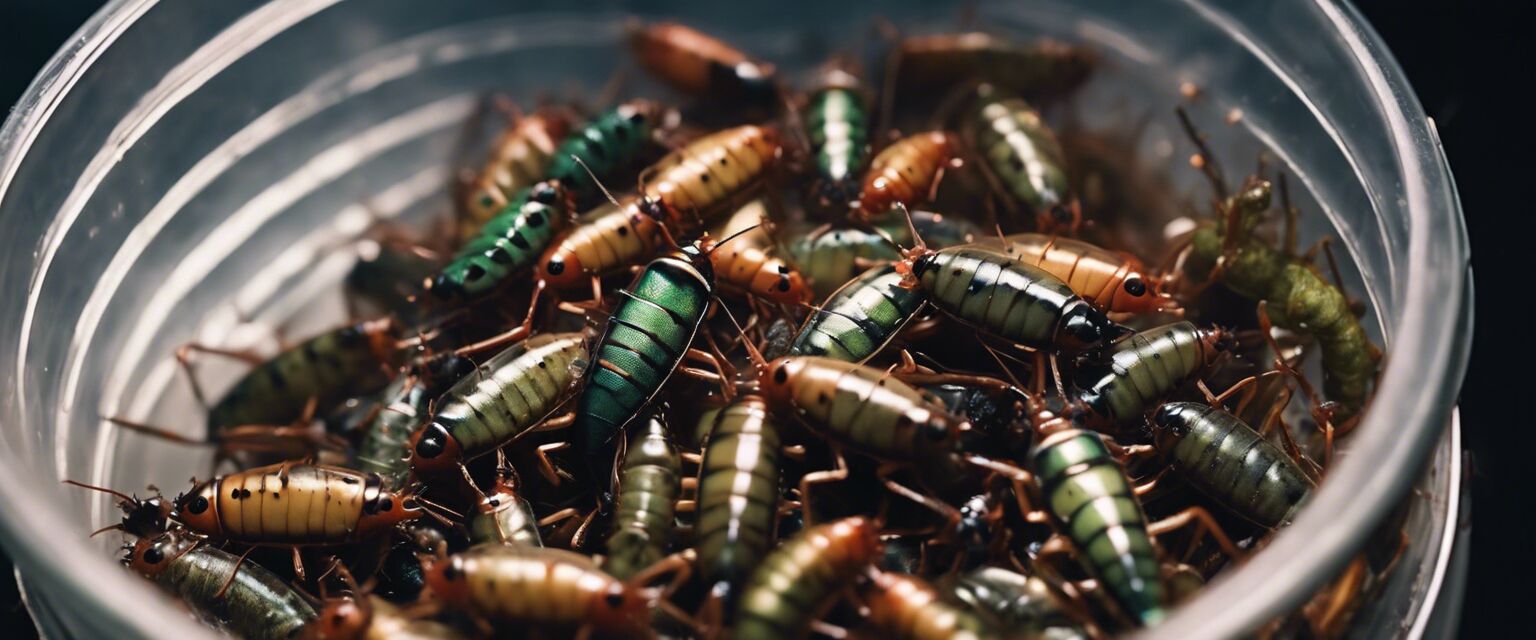
Artificial Bait
Artificial bait can be very effective and is available in various shapes, colors, and sizes. Here are some popular types:
- Plastic worms: Versatile and can be used in various settings.
- Spinnerbaits: Create movement and flash to attract fish.
- Jigs: Ideal for bottom fishing.
Choosing the Right Bait
Selecting the right bait depends on several factors:
1. Target Species
Identify the species you want to catch. Different fish are attracted to different types of bait.
2. Fishing Environment
Consider whether you are fishing in freshwater or saltwater, and the specific conditions (e.g., muddy, clear water) that could affect bait choice.
3. Seasonal Variations
Fish behavior changes with the seasons. Research what bait works best during the time of year you're fishing.
How to Use Fishing Bait
Using bait effectively involves knowing how to present it in the water. Here are key tips:
- Ensure the bait is securely hooked to avoid losing it.
- Adjust the depth at which you present the bait based on the fish you are targeting.
- Use a slow retrieval technique to mimic natural movement.
Top Bait Products
There are many bait products available. For a comprehensive view, check our sections on Bait and Lures, Fishing Accessories, and Fishing Tackle.
| Product Type | Pros | Cons |
|---|---|---|
| Live Bait | Highly effective, Natural scent | Requires care, Can be messy |
| Artificial Bait | Easy to store, Variety of options | May not be as attractive to all fish |
Fishing Tips for Beginners
- Start with simple bait options, like worms.
- Practice your casting technique to improve accuracy.
- Be patient; fishing can take time.
Pros
- Increases chances of a successful catch.
- Diverse options for various fishing conditions.
- Accessible for all skill levels.
Cons
- Some bait can be expensive.
- Requires knowledge of local regulations on live bait.
Conclusion
Choosing the right fishing bait is essential for a successful fishing trip. Whether you opt for live or artificial bait, understanding the preferences of your target fish and the environment in which you're fishing will significantly enhance your experience. Explore more about bait products in our Bait and Lures category or check out our Fishing Reels section to gear up for your next adventure.
